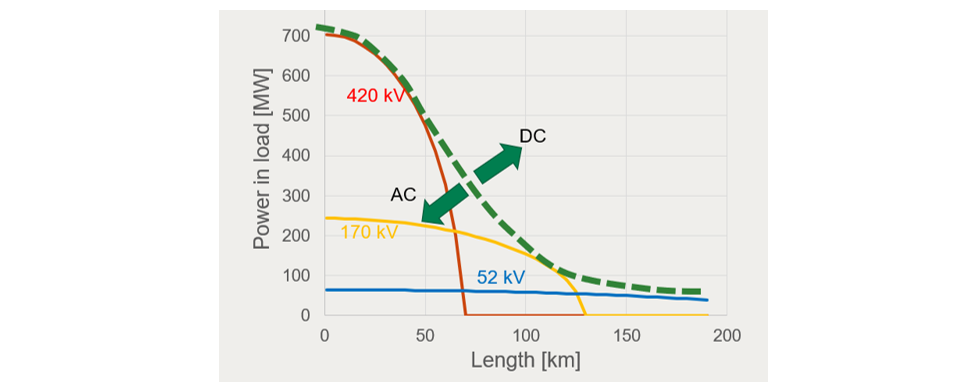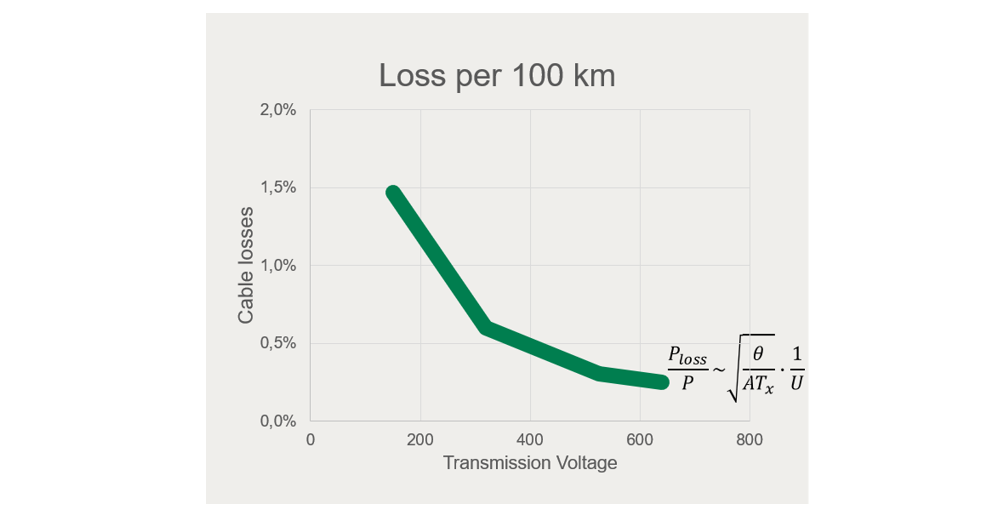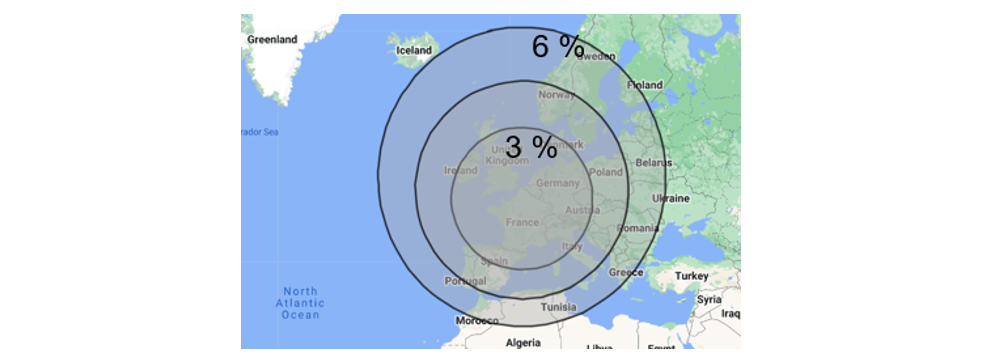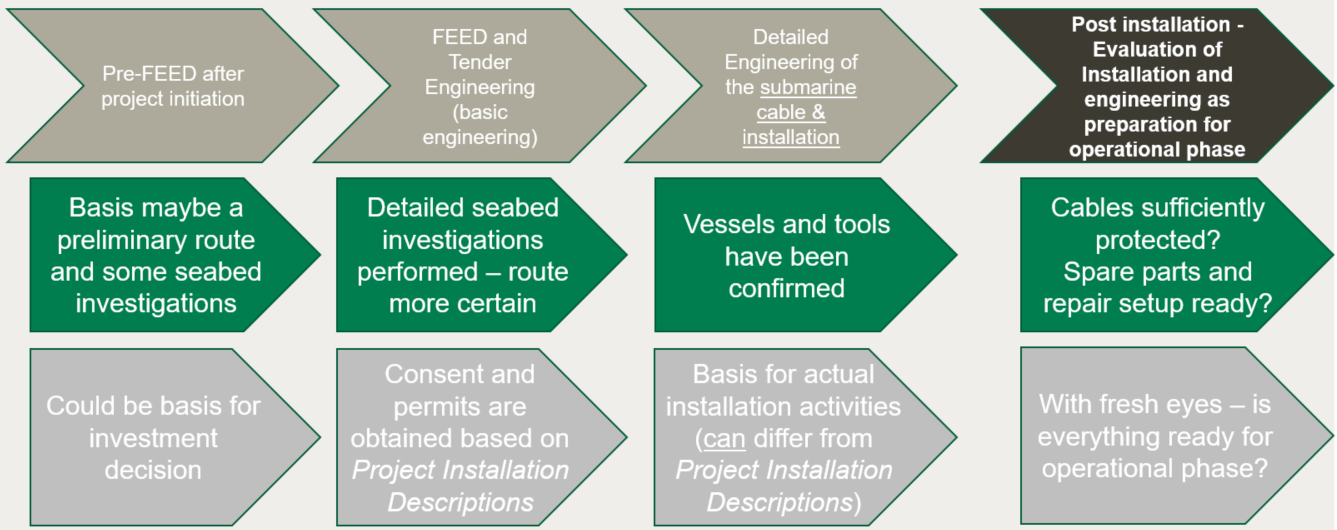How to implement more stable renewable energy resources in the grid

Energy Resources
Renewable energy resources, such as solar, wind, hydro, geothermal, and biomass, are becoming increasingly important as we strive to reduce our reliance on fossil fuels and mitigate the impact of climate change.
One of the key challenges facing renewable energy production is the variability of certain sources, particularly solar and wind. These sources are dependent on weather conditions, and their output can fluctuate depending on factors such as cloud cover, wind speed, and temperature. This can pose difficulties for energy producers/Energy Systems who need to balance supply and demand and ensure that there is enough energy available to meet the needs of consumers.
In order to address this challenge, renewable energy production sites often use a combination of different sources, such as wind and solar, to balance out the variability and ensure a steady supply of energy. In addition, energy storage systems, such as batteries, can be used to store excess energy during times of high production and release it during times of low production. However, storage systems will often be associated with losses in energy conversion and for large energy systems the capacity of the storage facilities may be too small.
However, this might not be enough to cover the complete transition to renewable energy so more large, concentrated energy production sites may be needed. Such places may be solar farms in North Africa / geothermal energy in Iceland / Enormous wind farms in even more remote areas.
Geothermal energy is mostly accessible along the major tectonic plate boundaries (California/Mexico/Philippines/Indonesia) and these are relatively close to population centres. For Europe this means Iceland for Geothermal and North Africa for solar, common for these options are distances over 1500 km.
These elements mean that transport of renewable energy must be seen differently from traditional considerations.
Energy Transport
Energy has always been transported in one way or the other way. Humans have been searching for the most efficient way with technology then available from the very beginning. With the discovery and description of electromagnetism and the many inventions related to it, soon engineers realized that electricity was the best and most efficient means of transmission. We should keep in mind that other means of energy transport are in use, like the transport of coal and gas. Although that must and will be decreased. A new form will enter the scene too, that of storage and transport of carbon-neutral synthetic fuels, such as hydrogen, synthetic natural gas, liquid fuels, or chemicals. But, most probably the bulk of transmission of energy will still take place by electricity.
Both overhead lines (on land) and cables (both on land and under the sea) are suitable means of electricity transmission. When to use one or the other is a matter of feasibility, cost and socio-economic evaluations concerning both transmission of power on land and in the sea. Cables have seen a remarkable upswing in use and volume of production the latest years. This is clearly related to the introduction of renewables and the target of increased interconnectivity between countries.
Renewables like for instance offshore wind are often located far away from the centres of industrial and domestic consumption. Interconnectors are long by nature. The transmission of electricity always comes at a cost of losses. Losses in the form of heat should be limited as they are of no use.
The best way of transmitting bulk electricity across long distances at low loss is by using High Voltage Direct Current technology (HVDC). Polymer cable systems besides the already existing MI (mass Impregnated) cable technology has become very popular and can transmit nowadays powers of 2 GW at a voltage of 525 kVdc. HVAC cables can transmit power only at limited distances, as the example figure shows:

Figure 1 - Power transmission AC vs DC
By using HVDC one can also easily derive that the losses, as the oldest rule of high voltage technology, decrease with increasing transmission voltage as shown in the figure below:

Figure 2 - Transmission losses for HVDC cables
We have arrived at the very popular voltage level of 525 kV which seems currently to be the sweet spot of the industry as regards interconnectors and offshore grids. 320 kVdc is expected for some time to come still to be relevant voltage level depending on the amount of power being transported and grid optimisation. Reducing the losses, a factor two needs a doubling of the voltage, which is a very huge step. The industry has therefore realized that consolidation at 525 kV balances risk and benefit. With the losses that 525 kV cable systems offer we can reach far as the figure shows:

Figure 3 - Losses of 525 kV cable interconnector
Project Execution
The increased utilisation on interconnectors and on connecting renewable energy sources both onshore and offshore demands that cable installation projects are resulting in cable connections that are optimally installed and not prone to be damaged during operation. If cables and installations are optimally designed and installed, both underground and submarine cable systems should provide long periods with little or no maintenance. Installation of underground cables is a discipline that has been optimised and standardised throughout the regions of world for many years. On the contrary the Installation of submarine cables are even today still a speciality that is handled differently and in a less standardised way. If especially submarine cables are not optimally designed and installed, submarine cable systems can be a costly asset to operate, repair or even replace, especially when considering lost revenue due to forced outages. Repair of underground cables is in comparison easier and less costly to repair, and outage times are typically shorter. As the use of submarine power cables is becoming more and more widespread and installation aspects concerning the installation (laying, protection in and on the seabed and pulling to shore or onto an offshore asset) of submarine power cables will need over time to be more standardised. Documents like CIGRE Technical Brochure 883 aims at delivering a standardised way of handling submarine cable installation projects.
The need for standardised approaches is underlined by publications like CIGRE Technical Brochure 815 and Technical Brochure 398 that considers service experience of HV underground and submarine cable systems. From the information provided within, it is obvious that well protected cables have a significantly lower risk of outages due to external damage. This underlines the importance of well-executed installation activities particularly considering the natural and anthropogenic threats that the installed cable will be subjected to over its lifetime.
Managing submarine cable projects and the installation thereof, may need to be handled differently from country to country. However, the principles pertaining to various disciplines and various fields of activity described in the CIGRE Technical Brochure 883, will be relevant for reference. Aspects closely related to submarine cable installation are also covered. Examples are interactions with government authorities and stakeholders for permitting/consenting purposes, insight into engineering practices and management of complex submarine cable installation projects.
For submarine cable projects, obtaining the necessary permits and consents to construct and operate the cable system is essential but can often be a complex task. Generally, consents from affected / interested parties need to be discussed and agreed between the affected stakeholders. It should be noted that some permitting authorities are not well versed on the technicalities of a cable installation and might object to proposals. These proposals which from a knowledgeable technical point of view, would normally be considered as being reasonable. It is important to understand the concerns of the permitting authorities and engage and discuss these concerns and furthermore propose acceptable solutions. It is noteworthy that at the permitting stage the actual installation method or route corridor may not have been finally selected and that these will be finalised only during the detailed design stage.
For many project teams the matter of obtaining consents and permissions is a task running in parallel to the engineering work and other project tasks that are underway. The obtaining of consents and permits may be regarded as a side activity and may even be managed by a separate team depending on the project/company organisation. For the determination of optimum project outcomes, this approach can potentially be problematic. Indeed, the communication between the team applying for permits/consents and authorities/stakeholders may inadvertently limit possibilities for the engineering or installation teams to handle unexpected installation concerns or conditions. A good internal project/company communication process is essential during the consenting and permitting project phase to ensure full alignments between the different teams involved in the project.
Applying for permits and obtaining consents are typically done early on based on a process like “FEED and tender engineering”. It is important to highlight that not all detailed aspects of the projects would necessarily be known to the project team at this early point in time. Sufficient contingency should therefore be considered within the consenting and permitting task to allow for future changes at detailed engineering design and during installation activities.
The purpose of the engineering activities in a submarine cable installation project is to ensure a well-planned, optimised and coordinated cable installation. In addition, it is to ensure that the cable system(s) are installed correctly without damage, that the cables are protected as well as it is reasonably practicable and from an installation perspective, can operate with as few interruptions as reasonably possible throughout their lifetime. Engineering also needs to consider the technical, cost, and public safety aspects during the installation as well as during the lifetime of the submarine cable, together with external constraints imposed from authorities, stakeholders, and reduced impacts on the environment.
The overall engineering process can be divided into project phases where certain key activities are carried out. The figure below shows a proposal for relevant engineering phases and activities for a submarine cable installation project, as recommended by CIGRE Technical Brochure 883. However, this can of course be handled in other ways, provided that the same aspects are covered.

Figure 4 - Proposed engineering model for submarine cable installation projects.
In this model, it is important to acknowledge that the engineering considered here focusses only on the cable installation activities. The detailed engineering of the overall cable system is a separate activity not considered by this model, but the activities are interlinked and similar.
